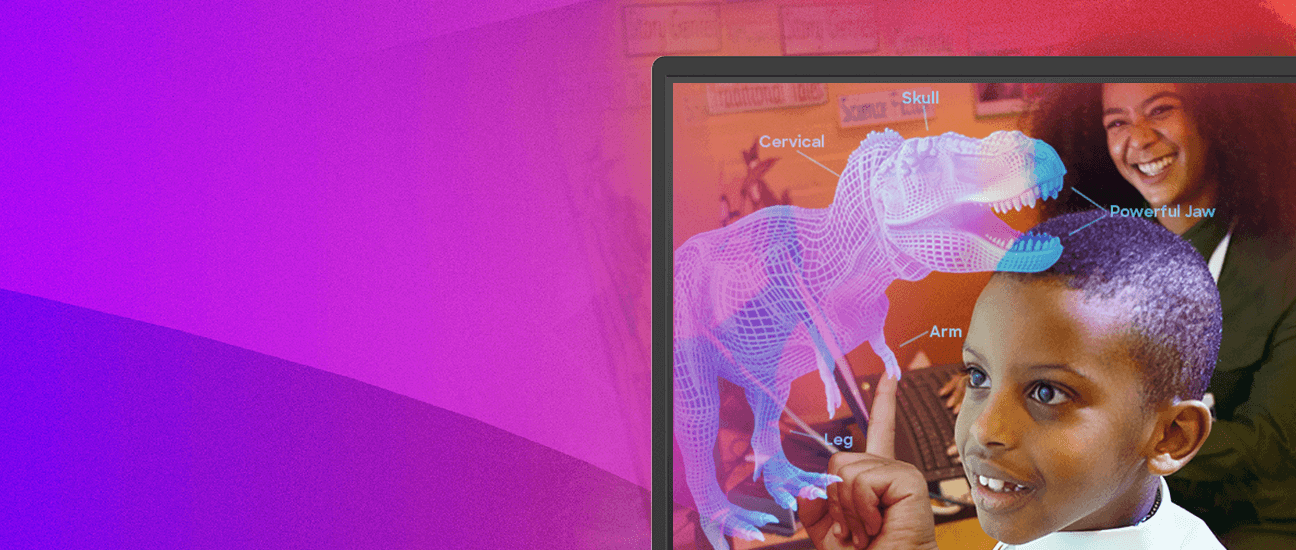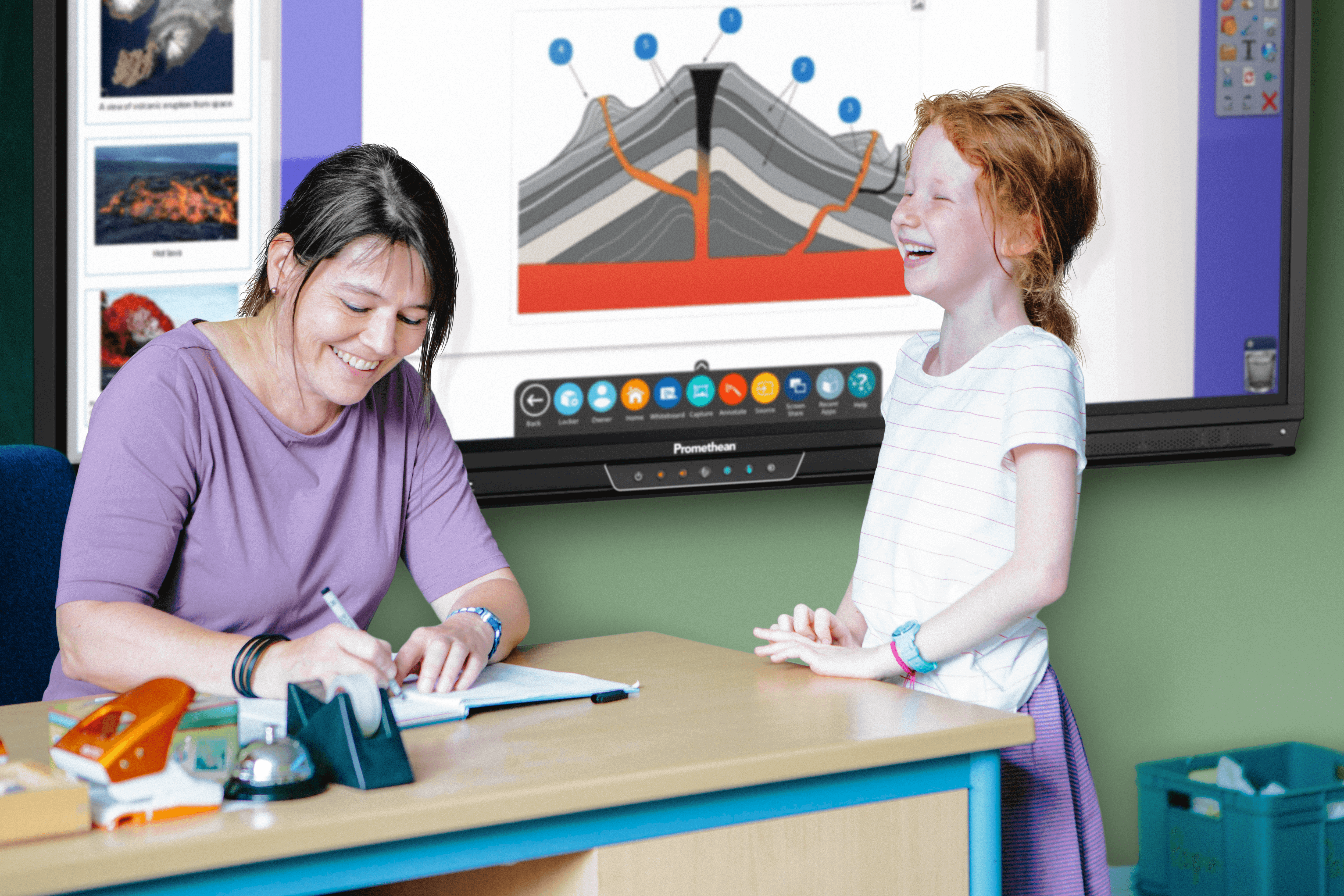Have you ever considered why some classrooms are configured a certain way; the teacher at the front, students in rows facing them? Also, why the back row has negative connotations. It’s often a space synonymous with misbehaviour. But why? Does that configuration lend itself to this negative scenario?
In reality, for many schools this traditional teaching format and layout has not vastly changed for centuries. Teachers are fixed elements at the front of the class, using a display to deliver lessons. Students further away from the front may struggle to see, hear and therefore engage with learning opportunities.
A rounded classroom strategy aims to break this tradition and puts teachers in the centre of the learning environment. Here are four elements of a rounded classroom strategy that contribute towards a forward-thinking school environment:
1. No more cheap seats
Education has a lot to learn from the ‘theatre-in-the-round’ philosophy. A modern rounded approach puts teachers at the heart of the lesson, and enables every student to see, hear and engage with the lesson.
2. Teachers are motivated
Teachers want to encourage pupils of all abilities to participate and be inspired. So, why should there be a classroom hierarchy that allows some students to sit where they can gain more from a lesson than others?
If a teacher is in the middle of the room, in an amphitheatre style set up, every student has equal access to learning, information, and knowledge. Teachers can quickly identify where help is needed, and attend to all pupils equally. They, in turn, feel empowered and motivated to do what they do best.
3. Enhanced interactivity
More schools are embracing edtech for collaboration, engagement, and raising attainment. This means the face of education is changing, so classroom strategies should be adapted to fit.
If teachers and students are working together on an interactive display, for example, it makes sense for everyone to have an equal view, access and the ability to collaborate. It means students are inspired to learn, and your school results will improve in turn.
4. Flexible learning scenarios
When teachers are delivering lessons in a more interactive way, it gives them an opportunity to be flexible with your teaching methods and pedagogical approaches.
Edtech can help to unchain your teachers from their desks, giving them the flexibility to dynamically adapt teaching in the moment, gain valuable feedback on students’ learning and achieve faster progress with students. These all contribute to a more efficient school and better use of teachers’ time.
So, what does a rounded classroom look like?
- Amphitheatre-style lessons. No more cheap seats.
- Accessibility to learning. Every student can see and hear the lesson.
- Motivated teachers. You can dynamically adapt lessons on-the-go.
- Interactive learning. Putting edtech at the heart of education.
By combining strategic leadership with practical teaching perspectives, a rounded classroom can drive engagement, collaboration, and attainment. Discover how interactive displays can help engage your students.




